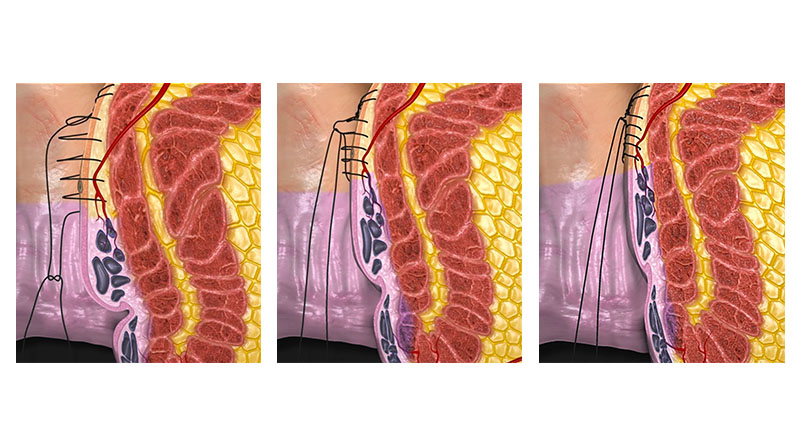- Italia
- Global
- United Kingdom
- Deutschland
- France
- España
WARNING: You are about to leave the THD America website.
If you wish to proceed, you will be taken to an external affiliated website that may contain information that is not consistent with the content on the THD America website or may contain products that are not cleared by FDA for released in the US. THD America has provided this information for your convenience. Please contact your THD America sales representative or THD America Customer Service at 866-374-9442 to ensure the product you are interested in is available in your area. THD America cannot guarantee the accuracy, completeness, efficiency, or timeliness of the information contained therein. Privacy and security policies of the affiliated website may differ from those on this website. By clicking on the CONTINUE button, you acknowledge the previous statement and will be taken to the linked site. If you wish to remain on this site, select the BACK button.
WARNING: You are about to leave the THD America website.
If you wish to proceed, you will be taken to an external affiliated website that may contain information that is not consistent with the content on the THD America website or may contain products that are not cleared by FDA for released in the US. THD America has provided this information for your convenience. Please contact your THD America sales representative or THD America Customer Service at 866-374-9442 to ensure the product you are interested in is available in your area. THD America cannot guarantee the accuracy, completeness, efficiency, or timeliness of the information contained therein. Privacy and security policies of the affiliated website may differ from those on this website. By clicking on the CONTINUE button, you acknowledge the previous statement and will be taken to the linked site. If you wish to remain on this site, select the BACK button.
WARNING: You are about to leave the THD America website.
If you wish to proceed, you will be taken to an external affiliated website that may contain information that is not consistent with the content on the THD America website or may contain products that are not cleared by FDA for released in the US. THD America has provided this information for your convenience. Please contact your THD America sales representative or THD America Customer Service at 866-374-9442 to ensure the product you are interested in is available in your area. THD America cannot guarantee the accuracy, completeness, efficiency, or timeliness of the information contained therein. Privacy and security policies of the affiliated website may differ from those on this website. By clicking on the CONTINUE button, you acknowledge the previous statement and will be taken to the linked site. If you wish to remain on this site, select the BACK button.
WARNING: You are about to leave the THD America website.
If you wish to proceed, you will be taken to an external affiliated website that may contain information that is not consistent with the content on the THD America website or may contain products that are not cleared by FDA for released in the US. THD America has provided this information for your convenience. Please contact your THD America sales representative or THD America Customer Service at 866-374-9442 to ensure the product you are interested in is available in your area. THD America cannot guarantee the accuracy, completeness, efficiency, or timeliness of the information contained therein. Privacy and security policies of the affiliated website may differ from those on this website. By clicking on the CONTINUE button, you acknowledge the previous statement and will be taken to the linked site. If you wish to remain on this site, select the BACK button.
WARNING: You are about to leave the THD America website.
If you wish to proceed, you will be taken to an external affiliated website that may contain information that is not consistent with the content on the THD America website or may contain products that are not cleared by FDA for released in the US. THD America has provided this information for your convenience. Please contact your THD America sales representative or THD America Customer Service at 866-374-9442 to ensure the product you are interested in is available in your area. THD America cannot guarantee the accuracy, completeness, efficiency, or timeliness of the information contained therein. Privacy and security policies of the affiliated website may differ from those on this website. By clicking on the CONTINUE button, you acknowledge the previous statement and will be taken to the linked site. If you wish to remain on this site, select the BACK button.
WARNING: You are about to leave the THD America website.
If you wish to proceed, you will be taken to an external affiliated website that may contain information that is not consistent with the content on the THD America website or may contain products that are not cleared by FDA for released in the US. THD America has provided this information for your convenience. Please contact your THD America sales representative or THD America Customer Service at 866-374-9442 to ensure the product you are interested in is available in your area. THD America cannot guarantee the accuracy, completeness, efficiency, or timeliness of the information contained therein. Privacy and security policies of the affiliated website may differ from those on this website. By clicking on the CONTINUE button, you acknowledge the previous statement and will be taken to the linked site. If you wish to remain on this site, select the BACK button.

